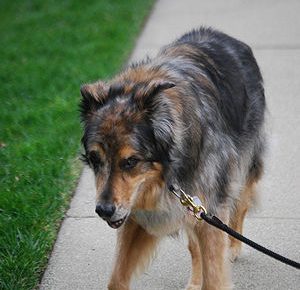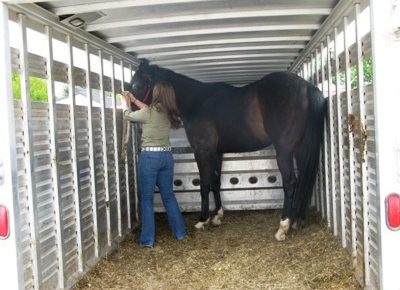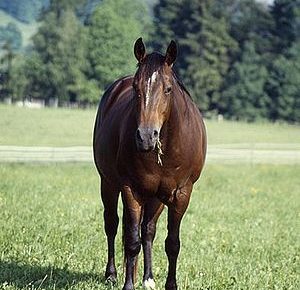While many people around the world still prefer riding bareback, most of us are more comfortable using saddles. There are many choices and it’s important to select a saddle that is appropriate for your horse and for you.
Riding schools and places that provide horses for riding paid by the hour use general purpose saddles. But if you own a horse, yoou can choose a saddle that fits you and your horse as well as the type of riding you do.
The General Purpose Saddle used in riding schools is good for beginners and those a little farther along in their riding ability. They can be used for the basics in dressage, hunting, small jumps. They are sturdy and offer good balance for all riders.
Advanced riders in dressage use a lightweight Dressage Saddle that provides more balance and gives the rider close leg contact with the horse for the particular moves. Dressage Saddles are deeper in the seat with a more u-shaped curve.
The design of Jumping Saddles pushes the rider slightly forward to position for jumping fences. They have flatter seats with a c-shaped curve and larger flaps that protect the legs while jumping.
Hunting Saddles are popular in England for those riders who go fox-hunting. The shape of the saddle allows for the rider’s weight to be pushed back while feet go forward for jumping large hedges with steep drops on the other side.
Children’s Saddles are lightweight and can be made of synthetic material. They are made for riding ponies and are smaller in size which allows a child better balance.
Western Saddles are used by cowboys. They are usually decorated with intricate designs and are made of leather. They have a horn in the front for the cowboy to hold for balance, especially when making turns. There are several different types of Western Saddles available for Western riding shows.
English Saddles (like Hunting Saddles) are of several different types and are used for a number of events that include dressage, show jumping, horse racing and so.
In the Middle Ages women rode horses Sidesaddle. Women wore long dresses then and it was deemed inappropriate to straddle a horse. These saddles have 2 horns or pommels with the right leg placed on top of the top horn and the left thigh under the lower horn. The two horns provided enough security to allow women to gallop and jump fences.
Racing Saddles are used by jockeys whose horses are galloping or jumping fences throughout the race. They are small, lightweight with short stirrups, a flatter seat and one girth strap. The jockey doesn’t really sit in the saddle, but crouches.
Treeless Saddles are close to riding bareback. They are lightweight and not nearly as secure as a full saddle.
The Australian Stock Saddle was created for anyone who needs to spend many hours riding. Its seat is deep with extra padding and webbing for support and a high pommel. There may be a strap over the saddle that provides more security and balance.
Police Saddles are similar to the English Saddle, but have a tree providing greater security and distributing the rider’s weight over a greater area for the horse’s comfort.
Parts of a Saddle
- Tree – the base of the saddle, usually wood or a synthetic material and covered with leather or synthetics.
- Seat – the place where the rider sits
- Pommel – raised area at the front of the saddle
- Horn – a knob-like piece attached to the pommel
- Cantle – the back of the saddle
- Stirrups – where rider places feet
- Leathers, Flaps or Fenders (western) – Straps that connect stirrups to the tree giving support to rider’s legs
- Girth or Cinch – a strap that goes under the horse holding the saddle on
- Panels, Lining or Bedding – cushioning under the saddle
These are the saddles that are mainly in use today. There are more types of saddles used in different parts of the world.



